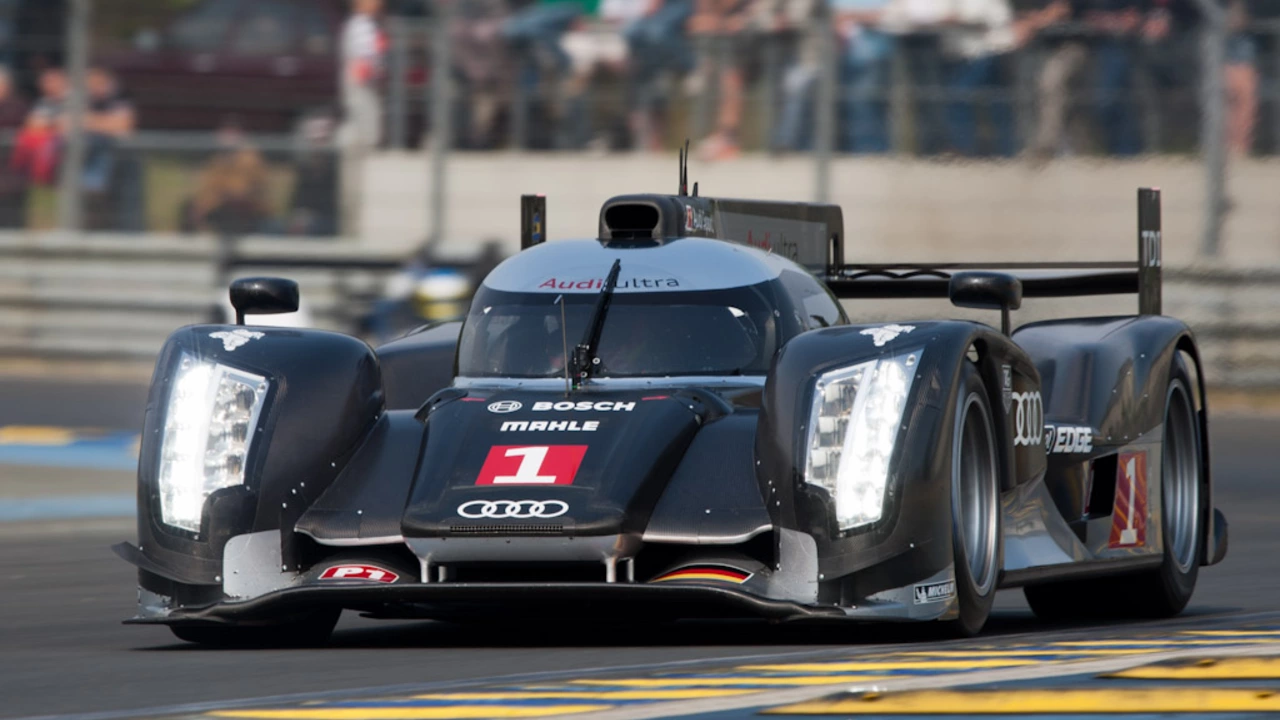Well folks, let's talk about our speed demon, Audi, and its reign over LeMans. It's like a cheetah in a field of snails! The secret sauce? High-tech innovation and unparalleled endurance. The beast is built to last, with an engine that runs smoother than a hot knife through butter, while its fuel efficiency is like a camel in a desert race, guzzling less but going further. And let's not forget the pit crew, working faster than a kid unwrapping candy, keeping Audi in the game. So, Audi's dominance at LeMans? It's not rocket science, folks, it's just the perfect blend of speed, stamina, and a sprinkle of pit stop magic!
Auto Racing: Your Quick Guide to the Fastest World on Track
If you love the roar of engines and the smell of burnt rubber, you’re in the right place. Auto racing covers everything from sleek Formula 1 cars cutting corners on street circuits to massive NASCAR stock cars burning rubber on ovals. In the UK, the sport blends homegrown talent with global giants, making the news round the clock. This page gives you the basics, the biggest debates, and a peek at what’s trending right now.
What Makes Auto Racing Tick?
First off, the cars themselves tell the story. F1 machines are lightweight, aerodynamically sculpted, and built for sheer speed—think about 200 mph on a twisty track. NASCAR, on the other hand, runs heavier stock‑type cars on oval tracks that demand precise drafting and strategic pit stops. The difference isn’t just about speed; it’s about how drivers approach each lap. F1 drivers chase the perfect line, while NASCAR racers rely on pack dynamics and timing.
Tracks add another layer. Street circuits like Monaco force drivers to skim walls at breakneck pace, while classic ovals such as Daytona let drivers slip into a rhythm that’s almost musical. The venue changes the whole race strategy, from tyre choices to fuel management. Fans in the UK often split their loyalties—some prefer the technical finesse of F1, others love the raw, close‑quarter battles of NASCAR.
Why Fans Talk About Differences (And Why It Matters)
European fans usually see NASCAR as a bit rough around the edges compared to the precision of F1. They point out the simpler track layouts and the longer, more repetitive laps. But there’s a growing appreciation for the skill it takes to master draft‑dependent racing. In the States, NASCAR is a cultural staple, and its fan base is huge. Meanwhile, F1 has a global footprint, pulling in viewers from every continent and sparking discussions about technology, sustainability, and driver talent.
Understanding these viewpoints helps you join the conversation. When you watch a race, ask yourself: is the excitement coming from the car’s engineering, the driver’s finesse, or the sheer unpredictability of the race? That question guides your appreciation and makes you a better fan.
Here at Motorsport Insider UK, we bring you the hottest stories—like a recent comparison article that breaks down why NASCAR’s oval tracks feel different from F1’s winding circuits. We also cover fan sentiments, such as how Europeans perceive American racing and the reasons behind those opinions.
Whether you’re tuning into the next Grand Prix or catching a NASCAR night race, this page keeps you up to speed with the latest analysis, predictions, and insider takes. Bookmark it, drop a comment, and stay in the fast lane of auto racing news.
 5
May
5
May
As an avid fan of auto racing, I can't help but be drawn to the adrenaline-pumping action it offers. The combination of speed, strategy, and the skill of the drivers always keeps me on the edge of my seat. Additionally, the camaraderie and rivalry among the teams and their fans create an electric atmosphere at the racetracks. Furthermore, the innovation in automotive technology that we see on the track often trickles down to our everyday vehicles, making it fascinating to follow. In summary, auto racing offers exhilarating entertainment, a strong sense of community, and a showcase for cutting-edge technology.



